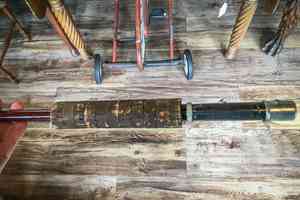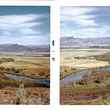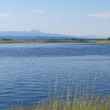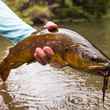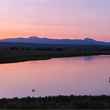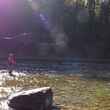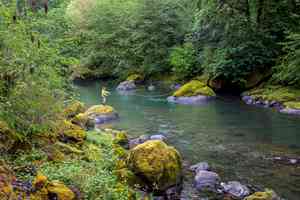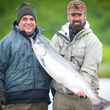Since the active exploration of the proposed Pebble Mine area in Bristol Bay, Alaska began in 2002, the potential impacts and other issues surrounding the proposed mining project have been on the forefronts of minds across the country and across the globe. Discovered in 1986, the Pebble Mine area of Bristol Bay is home to one of the largest deposits of copper, gold, and molybdenum in the world. Bristol Bay also happens to be home to what is considered to be the largest wild salmon fishery in the world. Opponents to the proposed Pebble Mine project have warned for years about the potential disastrous consequences of the project, but the issue is likely to come to a head this year as the owner and driving force behind the exploratory project, Northern Dynasty, intends to file permit applications this year.
Northern Dynasty has already filed for water-use permits from the Upper Talarik Creek and the Koktuli River, in the amount of 35 billion gallons per year (about 4 times the annual water usage of the city of Anchorage). More permit applications are expected once Northern Dynasty completes its 91 million dollar pre-feasibility study some time this year. Proponents of the mining project argue that the revenue opportunities for the state of Alaska and the 1000-2000 jobs that the project is expected to create are too valuable to ignore. Northern Dynasty and its supporters also point out that the poor environmental record of mining operations similar to the proposed Pebble Mine project are the result of a lack of technology, a barrier which has since been removed.
